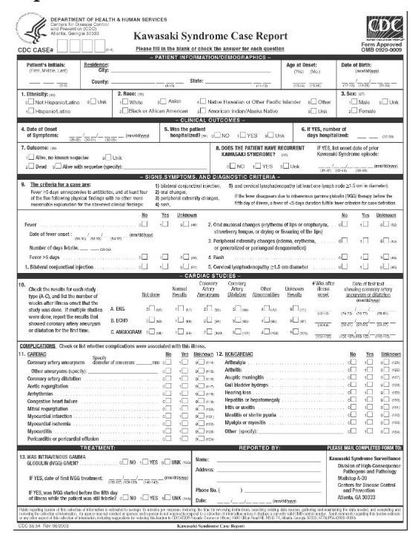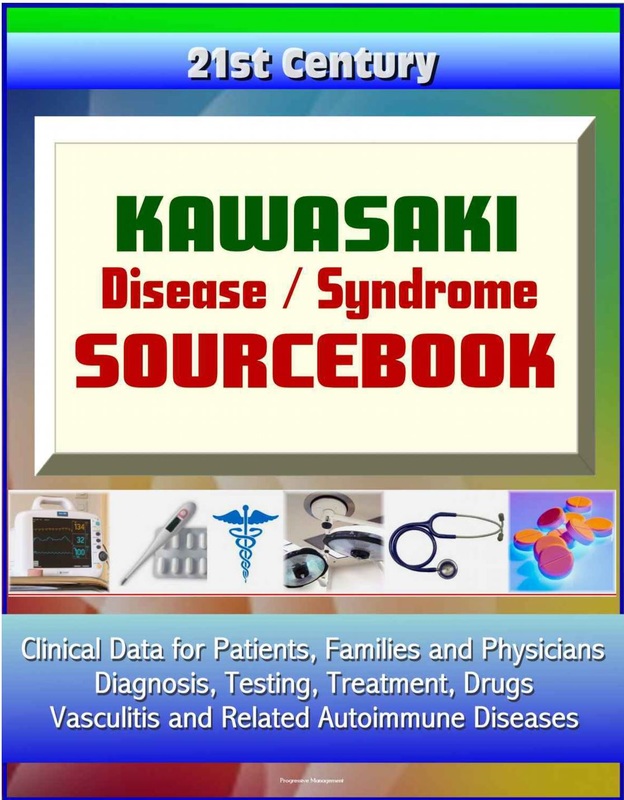- A good waxing will restore the luster to the furniture.
家具はワックスでよく磨けばつやがもどります. - A hollow tube is inserted in the space.
この空所に中空管を挿通する。 - He had catheterization surgery for a heart attack.
彼は心筋梗塞のカテーテル手術をうけた。 - It will make your body flexible.
体をしなやかにしてくれます。 - My stomach is almost bursting.
お腹がパンクしそうだ. - She deftly threaded the needle.
彼女は器用に針に糸を通した. - The entire stent is mounted on a balloon of a balloon angioplasty catheter to be nested.
このステントの全体はバルーン式血管形成カテーテルのバルーン上に嵌め合わせ方式により取り付けられている。 - The frog inflated himself more and more, until finally he burst.
カエルはどんどん腹をふくらませとうとう破裂してしまった。 - The man connected two wires.
その男は二本の電線を連結した。 - The river suddenly narrows at this point.
川幅はこの地点で急に狭まっています - This medicine supports intestinal movement.
この薬は胃腸の働きを助ける。 - This patient must have bypass surgery done.
この患者にはバイパス手術が行われるべきである
Rarely, a child who has Kawasaki disease may need cardiac catheterization (KATH-eh-ter-ih-ZA-shun). Doctors use this procedure to diagnose and treat some heart conditions.
A flexible tube called a catheter is put into a blood vessel in the arm, groin (upper thigh), or neck and threaded to the heart. Through the catheter, doctors can perform tests and treatments on the heart.
Very rarely, a child may need to have other procedures or surgery if inflammation narrows his or her coronary arteries and blocks blood flow to the heart. Coronary angioplasty (AN-jee-oh-plas-tee), stent placement, or coronary artery bypass grafting (CABG) may be used.
Coronary angioplasty restores blood flow through narrowed or blocked coronary arteries. A thin tube with a balloon on the end is inserted into a blood vessel in the arm or groin. The tube is threaded to the narrowed or blocked coronary artery. Then, the balloon is inflated to widen the artery and restore blood flow.
A stent (small mesh tube) may be placed in the coronary artery during angioplasty. This device helps support the narrowed or weakened artery.
A stent can improve blood flow and prevent the artery from bursting.
Rarely, a child may need to have CABG.
This surgery is used to treat blocked coronary arteries. During CABG, a healthy artery or vein from another part of the body is connected, or grafted, to the blocked coronary artery.
The grafted artery or vein bypasses (that is, goes around) the blocked part of the coronary artery. This improves blood flow to the heart.
A flexible tube called a catheter is put into a blood vessel in the arm, groin (upper thigh), or neck and threaded to the heart. Through the catheter, doctors can perform tests and treatments on the heart.
Very rarely, a child may need to have other procedures or surgery if inflammation narrows his or her coronary arteries and blocks blood flow to the heart. Coronary angioplasty (AN-jee-oh-plas-tee), stent placement, or coronary artery bypass grafting (CABG) may be used.
Coronary angioplasty restores blood flow through narrowed or blocked coronary arteries. A thin tube with a balloon on the end is inserted into a blood vessel in the arm or groin. The tube is threaded to the narrowed or blocked coronary artery. Then, the balloon is inflated to widen the artery and restore blood flow.
A stent (small mesh tube) may be placed in the coronary artery during angioplasty. This device helps support the narrowed or weakened artery.
A stent can improve blood flow and prevent the artery from bursting.
Rarely, a child may need to have CABG.
This surgery is used to treat blocked coronary arteries. During CABG, a healthy artery or vein from another part of the body is connected, or grafted, to the blocked coronary artery.
The grafted artery or vein bypasses (that is, goes around) the blocked part of the coronary artery. This improves blood flow to the heart.


